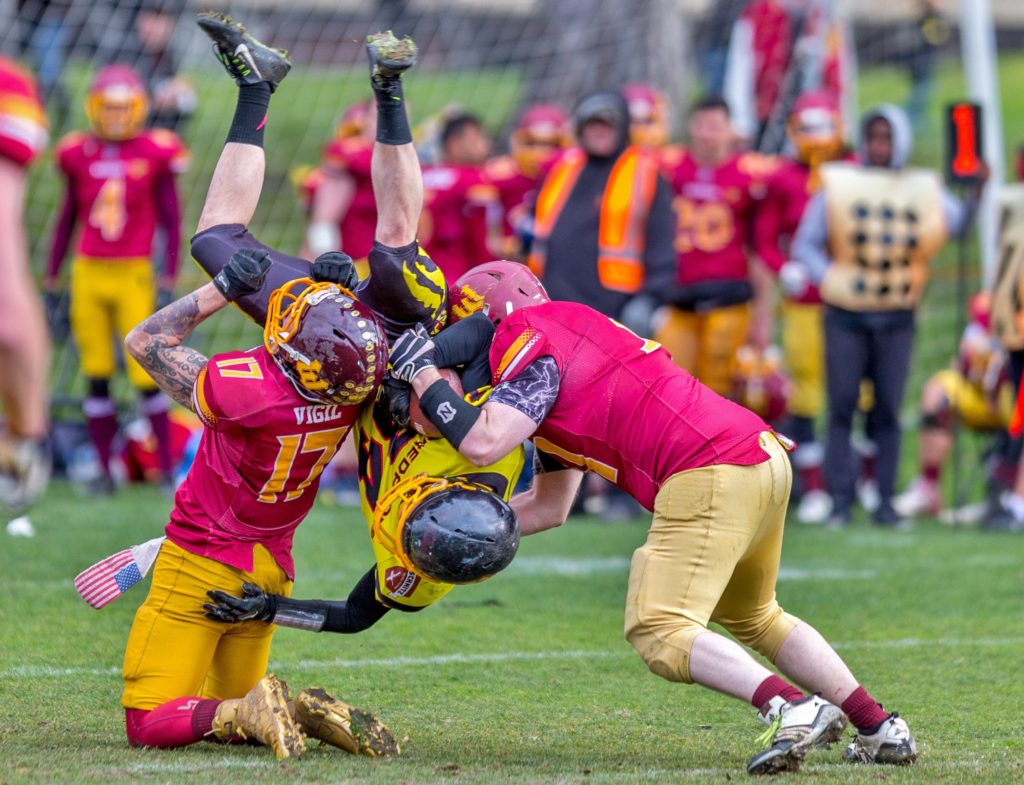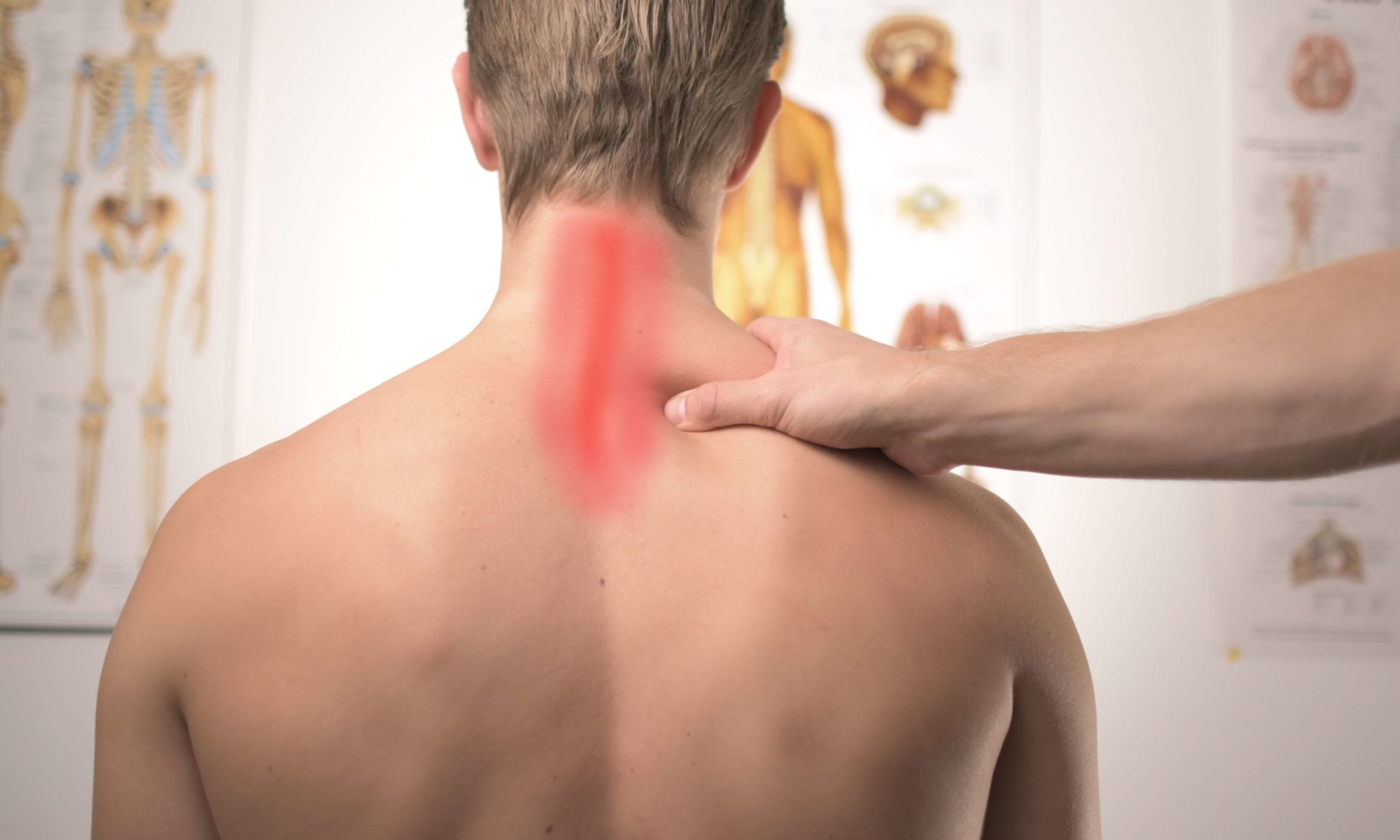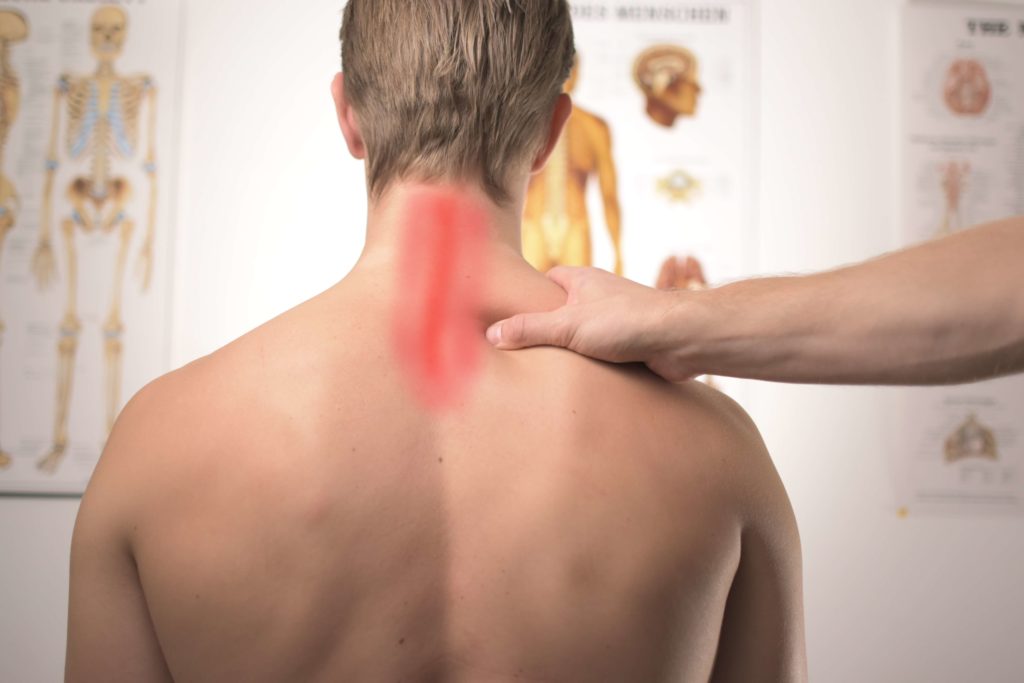Neck injuries vary in severity and type, they can be caused by accidents, trauma to the area, falls, sleeping in off positions, degenerative changes or a combination of things.
Neck Injuries Affecting Soft Tissue
This category would include damage to one or more anatomical part in your neck. The soft tissue include the muscles, tendons, ligaments, and nerves. These work together to hold your head up on your bones. usually when there is a trauma there will be several diagnoses for example in whiplash can include muscle strains, ligament sprains, joint dysfunction, disc injuries and even bone fractures.
The good news is that most of the time neck injuries that mainly affecting the soft tissue are very treatable with conservative care.
Muscle Strain
A neck muscle strain is and injury to any of the muscles that attach to and move the head and upper part of the spine known as the cervical spine. The symptoms include reduced range of motion, muscle spasm, increased pain during active range of motion.
With a Grade II neck strain, the injury is limited to the muscle only. Like a Grade 1 strain, your neck pain is likely not indicative of other types of structural damage. But when it comes to Grades III and IV, it is. According to the Quebec Task Force on Whiplash-Associated Disorders, Grade III neck strain is associated with nerve damage. In this case, you may, among other things, get weak and/or feel electrical sensations down one arm. With these injuries, making an appointment with your doctor as soon as possible will likely give you the best chance of a full recovery.
Needless to say, Grade IV neck strains are the most serious of all. The Quebec Task Force says these are related to fracture or vertebral dislocation. This injury requires immediate medical attention.
Neck Sprain
Sprains are injuries to ligaments. (Ligaments are strong bands of connective tissue that hold bones together.) Neck sprains can be caused by falls or sudden twists that overload or overstretch one or more joints in your cervical spine. Another cause is repeated stress to the joint. These are common in sport injuries and auto accidents alike, and are treated in chiropractic offices every day.
According to the American Academy of Orthopedic surgeons (AAOS), symptoms of a neck sprain can be very varied but may include pain at the back of your neck that gets worse when you move, pain that comes on slowly and peaks after about 24 hour hours.
Neck sprains can also bring on less structural type symptoms, including a sore throat, mood changes, difficulty concentrating or sleeping and more, the AAOS says.
Similar to neck strains, neck sprains can be mild, moderate, or severe and are graded. This may mean, for example, that if you have tingling down one arm, your sprain is a Grade III. Always check with your doctor to be sure.
Whiplash-Associated Disorders (WAD)
Whiplash (WAD) is a set of symptoms following a movement event in which the head is thrown first into hyperextension and then quickly forward into flexion. It’s most often due to car accidents, but may be caused by sports injuries, falls, or trauma.
Like a neck crick, WAD is not a medical diagnosis. It’s an episode that can lead to any number of diagnoses from strain to a herniated disc and sometimes more.
Whiplash may damage joints or discs, which in turn may irritate spinal nerve roots or, more rarely, the spinal cord, causing nerve symptoms.
Depending on the exact nature of the injury, symptoms can include pain, weakness, numbness, tingling, or other electric-type sensations that go down one arm. Stiffness, dizziness, or disturbed sleep are also possible. Note that symptoms may be delayed a few days or even weeks following the whiplash event.
Research suggests that a multi-modal approach to treating whiplash can be effective. This includes chiropractic care, massage therapy, physical therapy, acupuncture, injection therapy.
Herniated Disc
A herniated disc occurs when the soft substance that is normally contained to the inside of the disc (called the nucleus pulposus) starts to push through the annulus fibrosus and create a bulge/herniation into the spinal canal or foramina. This can can compress and irritate a nerve root, you’ll likely feel pain and/or have nerve-related symptoms. Nerve-related symptoms generally includes weakness, numbness, a burning sensation, or electrical shock sensation that go down one arm.
Tears in the tough outer fibers of the disc (called annular tears) may lead to a herniation. Annular tears may be brought on by either repeated or a sudden, forceful stress to the spinal joint. Treatment generally starts with medication and physical therapy but may proceed to surgery as needed.
Herniated discs can happen anywhere along the spine where one of the shock-absorbing cushions are located, including of course, in the cervical spine, or neck, area.
Disc herniations can be symptomatic and asymptomatic, these can be treated successfully with conservative care. Just because you may have a herniation or more does not mean that you will always be in pain. There is hope and we are professionals who specialize in fixing the problem not just masking your symptoms for a time.
Stingers and Burners

Named for the way they feel, stingers and burners are temporary injuries to the spinal nerve. They are common in football players, especially tacklers, as well as other contact-sport athletes.
Stingers and burners may be caused either by an abrupt tilt of the head or when the head and shoulder are forced in opposite directions at the same time. This type of injury is from applying too much traction to the nerve and over stretching them.
Symptoms include burning, stinging, numbness/weakness, or an electrical sensation down one arm. You may feel a warm sensation along with the other symptoms.
If a stinger or burner is severe or lasts longer than a few minutes, see a sports chiropractor or other professional.
Neck Fracture
A is a break in a cervical bone. It may be caused by trauma, a fall, or degenerative changes in the spine. The angle of force at impact often determines the type and severity of the break.
Football players who block with their head are at high risk for cervical fractures. Elderly people with osteoporosis are also at risk, because of their fragile bones. The most serious neck fractures are generally accompanied by a dislocation.
Treatment depends on a lot of things, including your age, other medical conditions, and the extent of damage to your spine.
Cervical Dislocation
Dislocation occurs when a neck bone moves out its normal position, creating spinal instability. When a neck bone is dislocated, either an injury or degenerative changes disrupt the ligaments that normally hold it in place, causing it to separate from the bone below.
When brought on by trauma, a dislocation may be accompanied by fracture.
In the most severe dislocation, the bone is fully displaced forward (called jumping), and it locks in this position. The ligaments rupture completely. Dislocations may damage the spinal cord and/or require surgery.
Less severe forms occur when the bone does not move all the way out, or when only one side fully displaces. Mild dislocations may go back in place on their own.
Spinal Cord Injury

A spinal cord injury (SCI) occurs when a fracture, dislocation, or other neck injury damages the spinal cord. The speed of emergency care and the type of first aid and medical treatment immediately given are especially critical to survival and subsequent quality of life following any serious neck injury. SCI are one of the most most serious and life altering of injuries that could happen in life.
Here at Vector Spine and Sport we treat and co-treat many of these conditions. If you have any questions or concerns what route of treatments would best suit your case, please reach out and give us a call or send us an email. We are always glad to help in any way we can.




